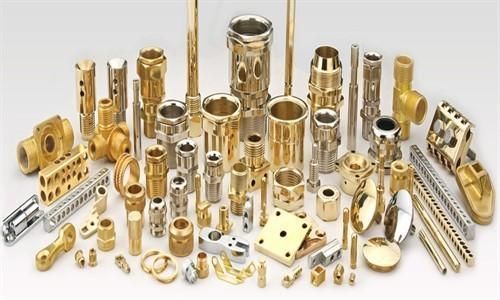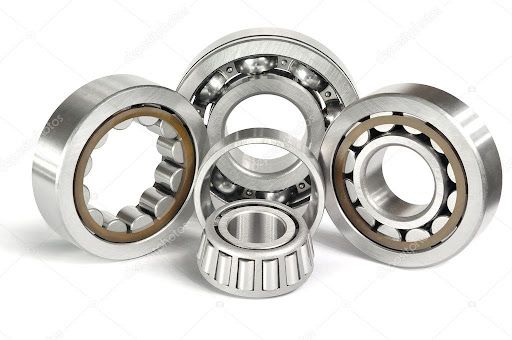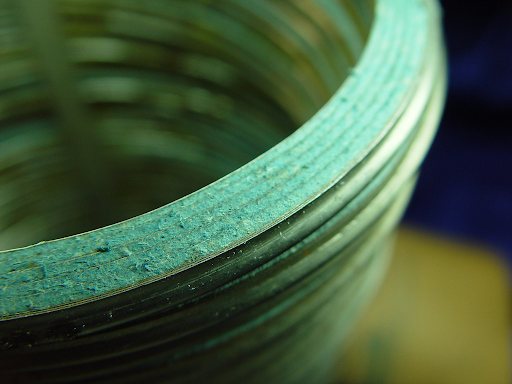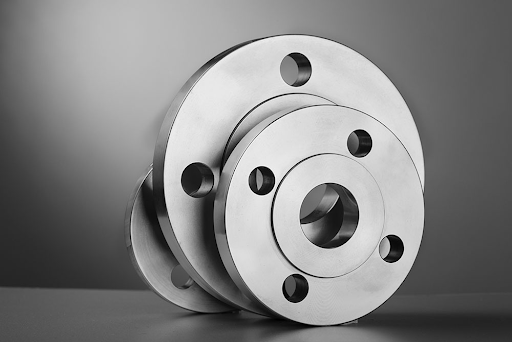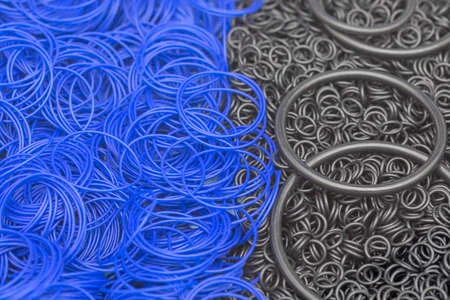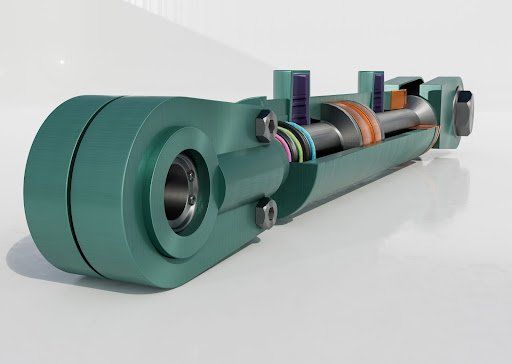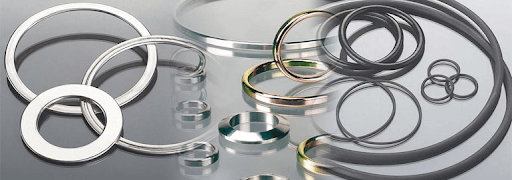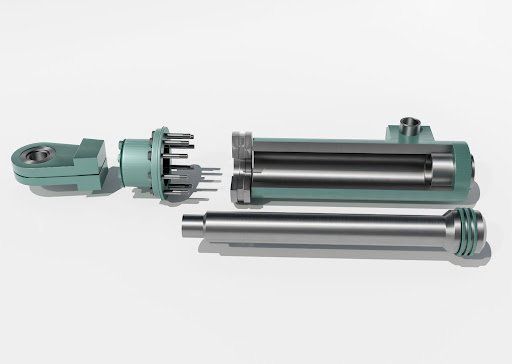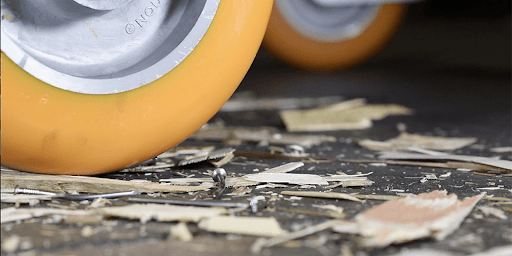Numerical analysis of plain journal bearing under hydrodynamic lubrication by water
Numerical analysis of plain journal bearing under hydrodynamic lubrication by water
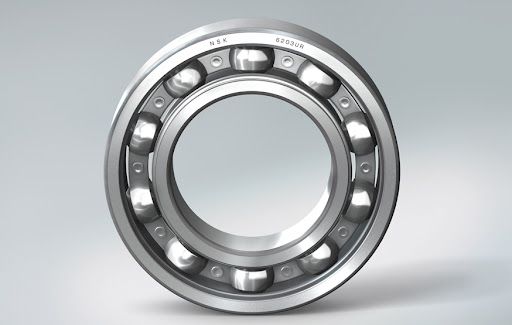
The most pressing concerns in machine design are now energy conservation and minimizing pollution emissions into the environment. Because it is practical, eco-friendly, secure, and energy-efficient, water lubrication is becoming more popular. Water-lubricated journal bearing are used extensively in various sectors, including shipbuilding, manufacturing, transportation, food production, and pharmaceuticals. Studies on water lubrication have primarily focused on the tribology behaviour of cermet or polymer sliding surfaces in water. Thus far, only a few have included bearing performances such as load-carrying capacity and friction performances.
Below mentioned are the numerical analysis of plain journal bearing under hydrodynamic lubrication by water
Goal
The goal is to develop a new bush construction to enhance the hydrodynamic load-carrying capacity of a water-lubricated linear bearing. The use of water to lubricate bearings is growing in popularity because it is energy and environmentally friendly. In contrast to oil and grease-lubricated bearings, water-lubricated approaches are constrained in various applications because of their low hydrodynamic load-carrying capability.
Design
The innovative bearing bush with the transition-arc shape suggested in this paper is advantageous for enhancing hydrodynamic load-carrying capability. The hydrodynamic load-carrying capacity was calculated using a three-dimensional analysis of computational fluid dynamics. When several variations of a journal bearing with a transition-arc structure of different diameters are evaluated, the radial clearance of the bearings, eccentricity ratio, and journal velocity are unchanged.
The selection of the bearing dimensions, such as the journal diameter, bearing length, and radial clearance, is the first step in the design process of plain journal bearings. The load-carrying capacity of a straight path, which primarily depends on the fundamental parameter, journal diameter, captures the designer's attention immediately.
Radical clearance
The radial clearance design parameter mainly determines the load-carrying capacity of plain bearings. A bearing's load-carrying power increases with smaller clearances for the same operating conditions. However, there are some restrictions on minimizing radial clearance due to misalignment, solid impurities, and roughness of the bearing surfaces. For most designers, experience through time has produced guidance stating that radial clearance is considered one-thousandth of the journal radius for ball bearings. The effectiveness of water-lubricated plain bearings is investigated with radial clearance set to a thousandth of the journal radius.
Eccentricity ratio
The eccentricity ratio is crucial regarding the load-carrying capacity of plain journal bearings. This work investigates the reference for designing water-lubricated plain journal bearings by analyzing the link between eccentricity ratio and pressure distribution produced by hydrodynamic lubrication. It is the most popular design.
Findings
The findings demonstrate that a water-lubricated linear bearing's hydrodynamic load-carrying capacity has undergone apparent alterations. The link between the hydrodynamic load-carrying ability and the size of the transition-arc structural dimension is investigated for various width-over-diameter bearing ratios.
Bottom line
The effects of cavitation on hydrodynamic lubrication are also considered using a suitable cavitation model, considering the variations between the water's and oil's physical parameters. The above points provide a design reference guideline that the designer engineer can use to create intelligent ball bearings with increased hydrodynamic load-carrying capacity.
We combine our years of expertise with exceptional customer service and the highest quality products. All this assures you of the best experience from start to finish.
Bearing Centre, Blantyre, Southern Region, Malawi, Africa - 312200
Website by Visionar
Subscribe to our newsletter
We will get back to you as soon as possible
Please try again later

